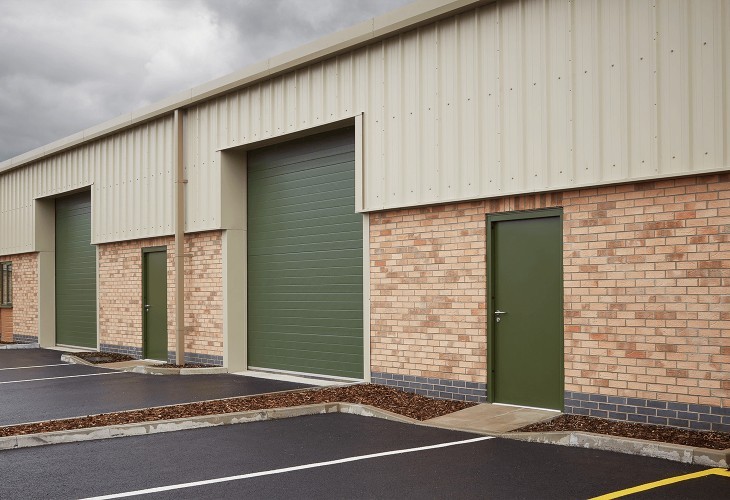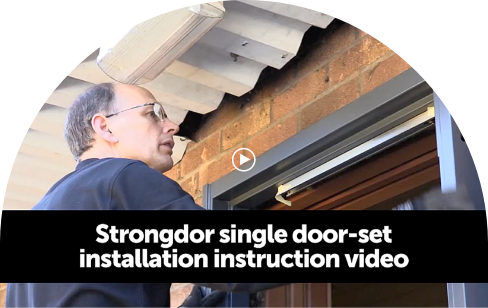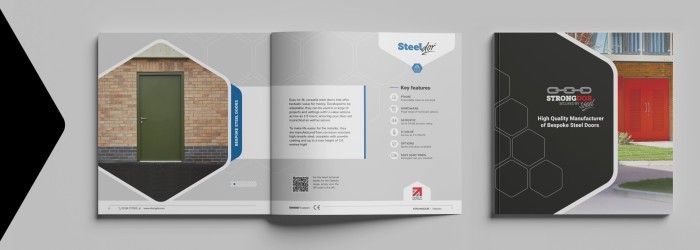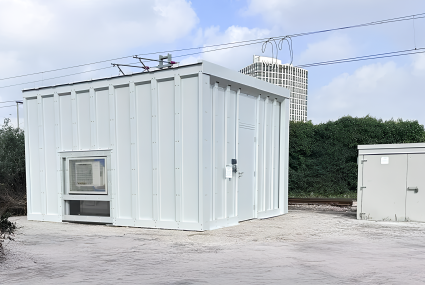A u-value measures how efficiently a building element reduces heat loss. Lower is certainly better when it comes to a U-value. The lower the value, the more effective it is in keeping the warmth in and the cold out.
It’s not only steel doors which have thermal properties measured by a U-value, every building is made up of lots of elements, each with their own U-values. All these elements will combine together to give the overall thermal insulation performance for the building.
Another advantage of a thermally rated door, is that it reduces the chance of condensation building up on the inside of the leaf.
What U-Value do I need for my Steel Doors?
Depending on the application for a project, your required thermal rating/ U-value will be different.
For example, if you are looking for a steel door used in an office with people inside, keeping the heat in is key! In this application, we would recommend our insulated core which has a U-value as low as 1.5 in both our Steeldor Thermal and Firedor Thermal ranges. (Don’t forget the lower the number the better the insulation value).
Whereas if you are installing a steel door in an unheated space, the thermal rating may not be as important, therefore our standard honeycomb core could be most suitable.
Are there any legal requirements for minimum ratings?
Part L of the building regulations include the energy efficiency of doors. The main change aims to reduce the maximum U-value requirement from 1.8 W/m2K to 1.6 W/m2K. These modifications focus on decreasing carbon emissions by 31% in new buildings compared to current standards.
We always recommend that you check with your building regulation compliance inspector to ensure you are specifying the correct U-Value for the use of the building.























